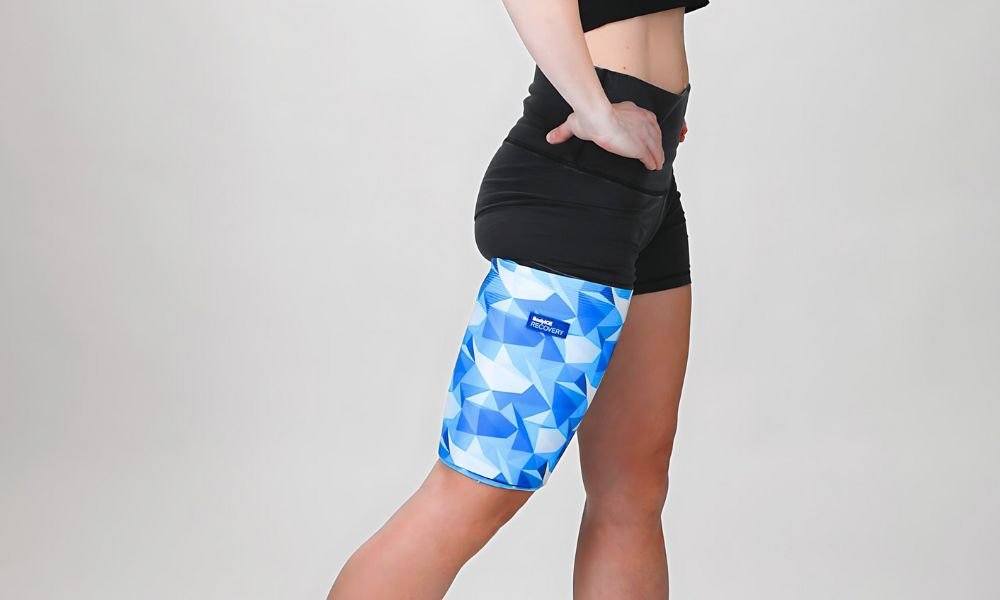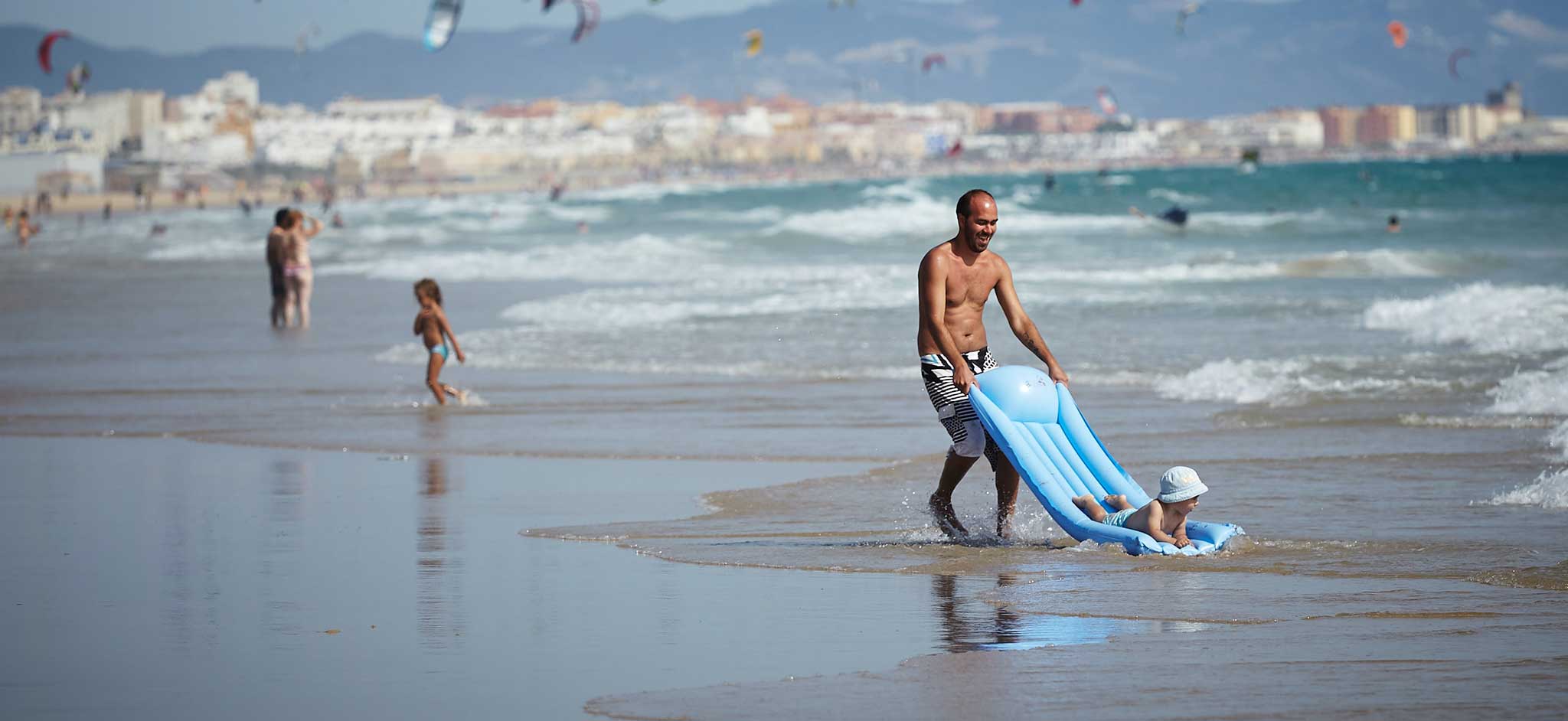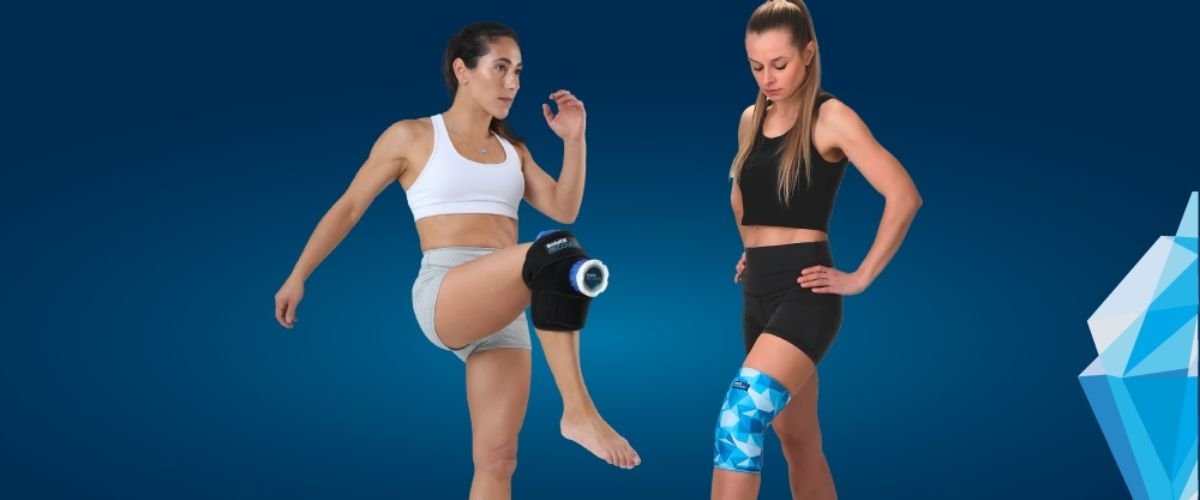Safety on the Slopes
Now that ski season is upon us in Australia we wanted to wish everyone a fun and fabulous time out on the ice. And we thought we’d throw in a little safety message too. About how to stay safe and avoid injuries PLUS a few recovery tips as well.
Here at BodyICE Australia we are passionate about injury prevention: a legacy from our own founder, aerial skiing Olympic Champion Lydia Lassila. Read on!
Wear snow clothing that fits
We thought we’d get started simply, with a word about deciding what to wear. Don’t overlook the fact that it’s much easier to ski, snowboard and toboggan when your snow clothes fit you properly — as well as being a whole lot safer.
Jackets and Pants
You’ll have a much better time on the snow if your clothes are long enough so they don’t let in cold air when you’re riding. Make sure your jacket has enough length in the arms to comfortably sit over the cuff of your gloves. And your pants need room for a layer of clothes underneath as well as the flexibility for you to easily bend, squat, sit, and twist. You also want to make sure your pants are long enough to cover your boots but not too long they become caught in your skis or board and snagged on obstacles.
Socks and Boots
Well-fitting snow boots and proper socks are also a safety essential. Ski socks are designed to regulate your body heat and wick moisture away from your feet. Blisters on your feet, toes and heels are more than uncomfortable, they make skiing and snowboarding more difficult and compromise your safety. Socks need to fit properly as anything too tight can restrict your circulation and cause frostbite, while snow boots that are too loose cause falls.
Ski bindings
The ski binding connects your boot to the ski and it’s super important to make sure these are adjusted correctly. The binding adjustment configures how much force is required to release your boots from the binding. Out on the snow most knee, leg and ankle injuries are directly related to ski bindings that don’t correctly account for your weight, overall body size and skiing experience. Take responsibility for your own safety and make sure your snow boots and bindings fit perfectly and are adjusted by a professional.
Helmets
Even though many ski resorts don’t require you to wear a snow helmet, studies indicate that helmets can reduce head injuries like fractures and lacerations by up to 50%. Wear one: helmets are insulated and so they also help keep your head warm in the cold weather. Snow helmets are especially recommended for children.
Protect Yourself from the Sun
Sun protection is essential when on the snow. The Cancer Council remind us that sunburn is caused by UV radiation, so you can be burned even on windy and cloudy days. And some cloudy days can be even worse for sunburn; when the UV radiation is reflected through multiple layers of cloud.
UV levels are also much higher at the snowfields because of the reflective surface of the snow. On sunny days, fresh snow can reflect up to 90% of UV radiation so it’s like getting a double dose of the sun.
In the snow, the Cancer Council recommend sunscreen SPF30+ broad-spectrum, water-resistant sunscreen as well as SPF lip balm. Remember to apply sunscreen under your chin, ears and nose because the UV is reflected up from the snow.
To prevent UV damage to your eyes, make sure your eyewear meets Australian Standard AS:1067 (ask your optometrist or eyewear retailer). Snow blindness is serious stuff and not only causes temporary loss of sight, but severe cases can lead to permanent eye damage.
Prepare Your Body for Cold Weather Sports
Physical fitness is one of the best ways to prevent injuries in the snow. Cold weather reduces the elasticity in muscles and connective tissue so your body is more susceptible to sprains and tendon tears.
Heading out to the snowfields with some decent cardio fitness and having done some work on your overall flexibility and muscle conditioning will certainly reduce your risk of injury. And you won’t be as sore afterwards.
Take the time to warm-up, stretch and loosen up your body before you begin the day’s run. Then at the end of the day wind down your muscles with some gentle stretching, as well as using our BodyICE Recovery ice and heat compression packs.
Ice & Heat Packs- BodyICE Recovery
BodyICE, a no-fuss ice and compression system that comfortably secures around fatigued or injured joints and body parts. You can use our BodyICE packs for soothing heat therapy to relax tired muscles and stimulate blood flow. Just fill the BodyICE pack with hot tap water for soothing heat therapy and you’ll be ready for another day out on the snow.
If you do sustain an injury, you'll want to get ice on it straight away and follow the RICE principles. REST. ICE. COMPRESSION. ELEVATION. It helps to have a good ice pack that fits securely to a specific joint or area and our BodyICE Recovery range does just that. Just fill the ice bag with ice and comfortably secure it in place with the velcro straps.
To shop the range head to BodyICE Recovery.
Stay safe on the slopes!






Leave a comment
All comments are moderated before being published.
This site is protected by hCaptcha and the hCaptcha Privacy Policy and Terms of Service apply.